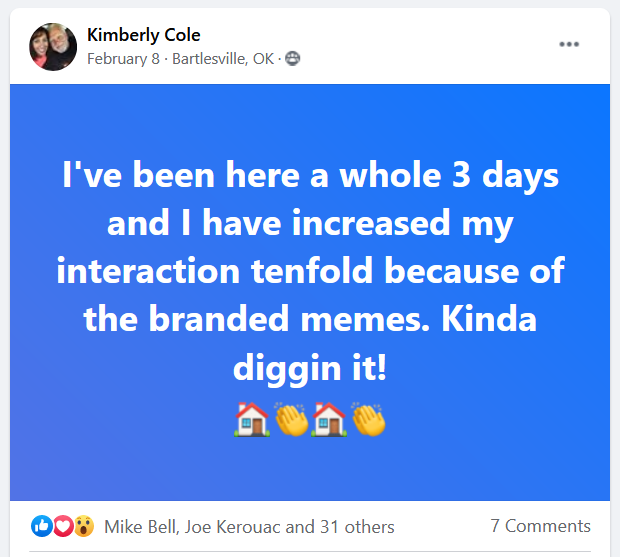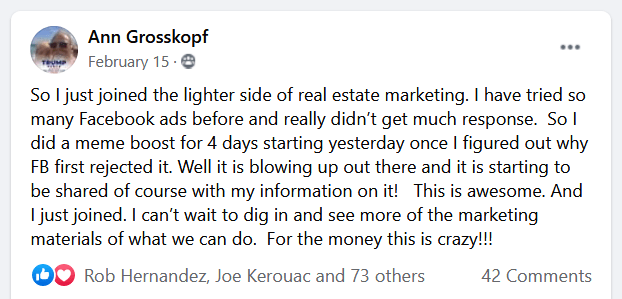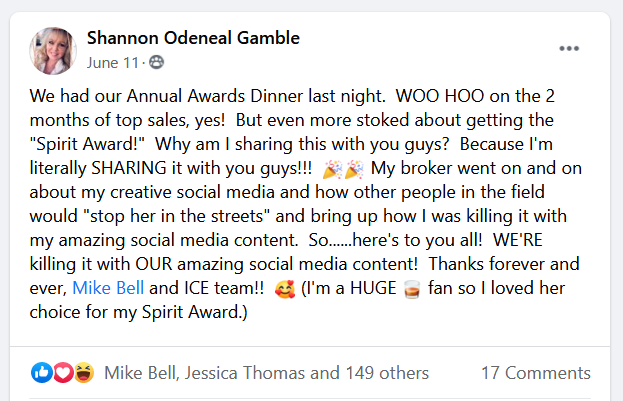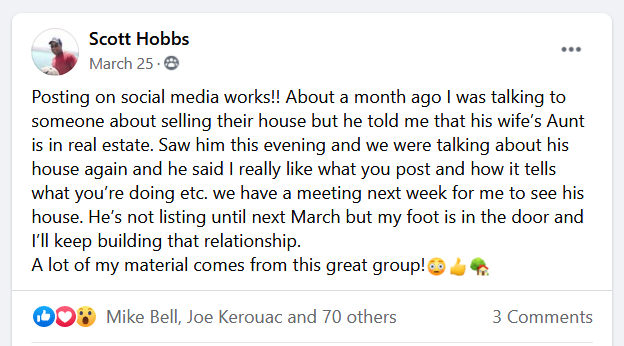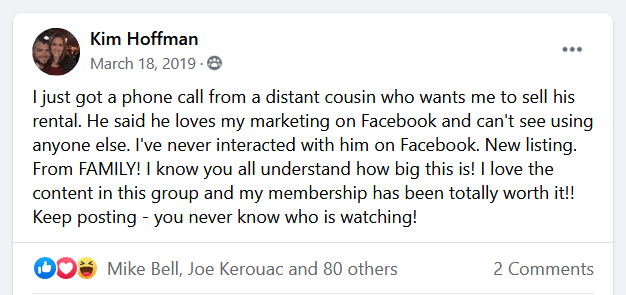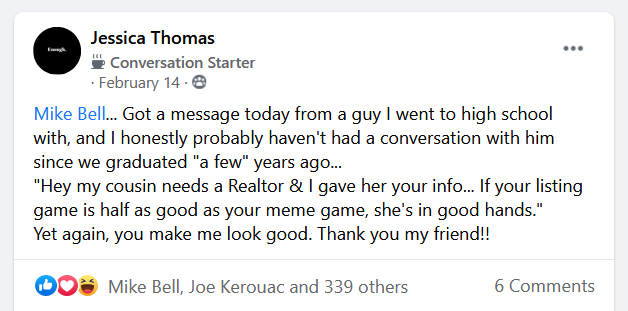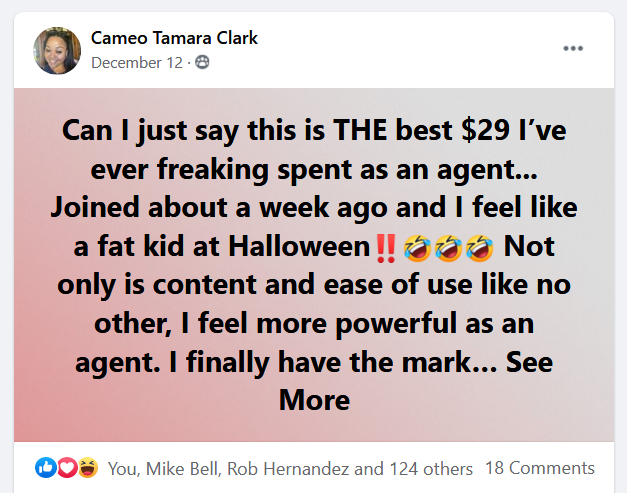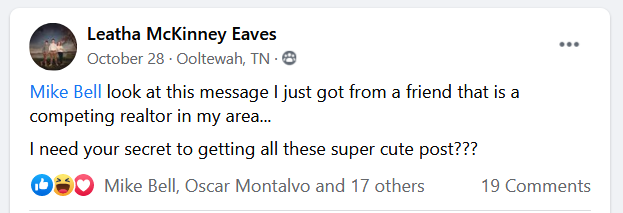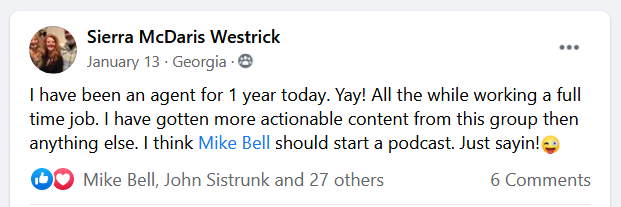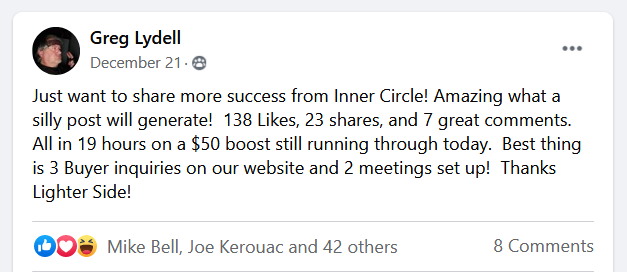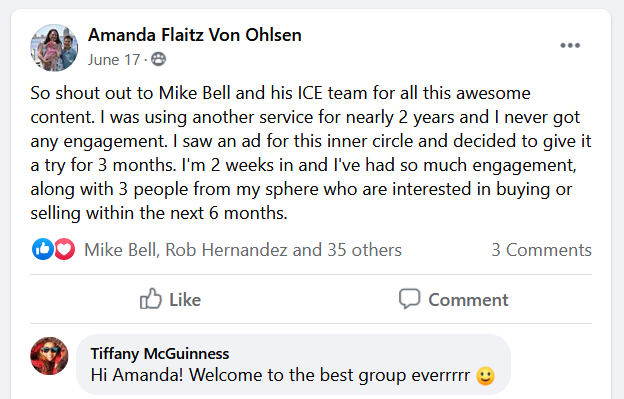
14 Housewarming Gifts People Actually WANT
We’ve all experienced the stress and tension of moving, right? Even after you’ve done all the footwork to find the perfect place, you’ve still got


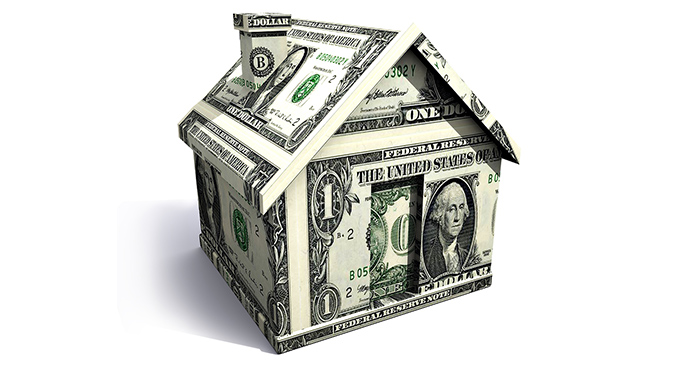
Most people have a feeling for how much their home is worth. That number often comes from an online estimate, mixed with a few personal tweaks based on upgrades or repairs they’ve made over the years. Sometimes it’s tied to what they want or need to get in order for a move to make sense. Other times, it’s just a gut feeling based on what other homes nearby have sold for lately.
So when a real estate agent suggests listing it for less than that number, it’s not exactly advice most homeowners are thrilled to hear.
After all, when you sell your home, the goal is usually pretty simple: get the most money possible, and do it as quickly and easily as possible. But asking too little can feel like a guaranteed way to lose money—and that can make sellers question whether their agent is more focused on the quick and easy part than on actually getting top dollar.
This is why many homeowners go in the opposite direction and decide to list their home for more than what was recommended… at least to start.
Overpricing is often a one-way ticket to getting no offers. Not even low ones. And eventually, that leads to a tough decision: reduce the price or keep sitting on the market, watching the days tick by while buyer interest fades.
While sellers may see some initial buyer activity, that momentum disappears fast (like within a couple of weeks), and a listing quickly starts to feel stale. Buyers begin to wonder what’s wrong with the house. Why hasn’t it sold? Why hasn’t the price dropped yet? And when a price cut does finally come, it often feels like a red flag instead of a fresh opportunity.
Ironically, trying to avoid leaving money on the table often leads to getting less than if the home had just been priced more competitively from the start.
And in some cases, they don’t drop the price at all… they just give up.
Lately, more and more homeowners are choosing to pull their listings off the market entirely rather than reduce their price. In fact, delistings have jumped sharply this year. According to recent data, the number of homes removed from the market without selling is up more than 35% compared to earlier this year—and nearly 50% higher than this time last year.
For some sellers, the idea of accepting less than their hoped-for number just isn’t on the table. They’d rather wait—or walk away from the process altogether—than adjust to what buyers in today’s market are actually willing to pay.
But not everyone has the luxury of waiting. Some sellers need to sell—and fast. And that’s leading to a growing trend on the opposite end of the spectrum: listing homes for dramatically less than market value. In fact, some are even listing for $1.
Yes, one dollar.
A recent report from Realtor.com noted a rise in $1 home listings—not just for distressed properties or teardowns, but often for desirable homes with appealing features. The logic? Listing ultra-low will create a frenzy of interest, bring in a flurry of offers, and allow the market to bid the price up to its true value.
It’s the extreme version of a long-standing real estate strategy: price slightly below market value to drive competition. But this trend takes it to the max—testing the theory that you can never underprice a home, only overprice it.
While it may work in certain scenarios, there are definite downsides to this approach:
There’s no need to default to either extreme. A well-priced home, based on a solid comparative market analysis (CMA) and local expertise, remains the best bet in nearly every market.
In many situations, strategically pricing a home slightly under market value will generate more interest and potentially stronger offers. But that’s a very different tactic from listing far below value with the hope that buyers will do all the work of pricing your home for you.
But every market is different. So is every home. And most importantly, so is every seller’s situation.
That’s why it’s critical to trust the expertise of a knowledgeable local agent. Their pricing advice isn’t based on guesswork or wishful thinking—it’s backed by real-time data, comparable sales, and an understanding of buyer behavior in your area.
If you genuinely want to sell, lean on your agent’s guidance to find a price point that’s competitive, compelling, and realistic. It doesn’t need to be rock bottom. It just needs to be right for the current market conditions—and for your ultimate goals.
And if your agent’s recommended price doesn’t line up with what you’re willing to accept, it might be better to wait. Repeated price reductions or failed listings can leave a digital footprint that lingers in future searches—potentially hurting your chances down the road when you’re truly ready to sell.
The Takeaway:
Pricing a home too high is a very common mistake for sellers, which can result in having to lower your price until it appeals to buyers. But rather than reducing their price, many current homeowners are just taking their house off the market altogether. On the other hand, some sellers are pricing their home for $1, hoping to spark a bidding war.
The best strategy lies somewhere in between—balanced, informed, and tailored to your specific situation. For most sellers, slightly underpricing can be an effective way to generate interest and maximize results. But above all, success starts with trusting a seasoned local agent who knows how to position your home for the best possible outcome.

(Shh, our secret)
Show your sphere your an expert. We have over 2050 articles covering every real estate topic your audience will love.
Position yourself as a real estate authority!
Real estate + topical events — the perfect match!
Become the bearer of good vibes!
Because hey, everyone loves to laugh!



Get our weekly email that makes communicating with your sphere on social actually enjoyable. Stay informed and entertained, for free.

We’ve all experienced the stress and tension of moving, right? Even after you’ve done all the footwork to find the perfect place, you’ve still got

Question: Have you seen the postcards most agents send out? BOOOR-ING! I’m pretty sure they make the prospects sleep-walk on their way back inside the

You’ve probably been told to build an email database and send them stuff consistently, right? Some agents do. Many don’t. Have you? If you haven’t,
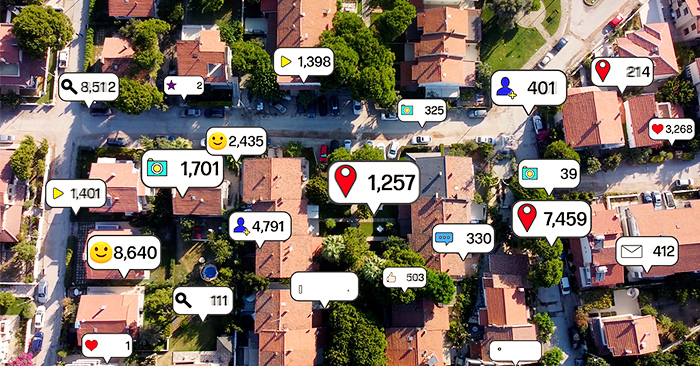
Most real estate agents use social media as a means of marketing themselves, at least to some degree. Some agents are able to build a

Hey there, Real Estate friend – I know Facebook can really burn your biscuits, but… Don’t throw in the towel just yet. Your business page
Depending on your situation, it may not take the full 30 minutes.

This reset password link has expired. Check the latest email sent to you.
